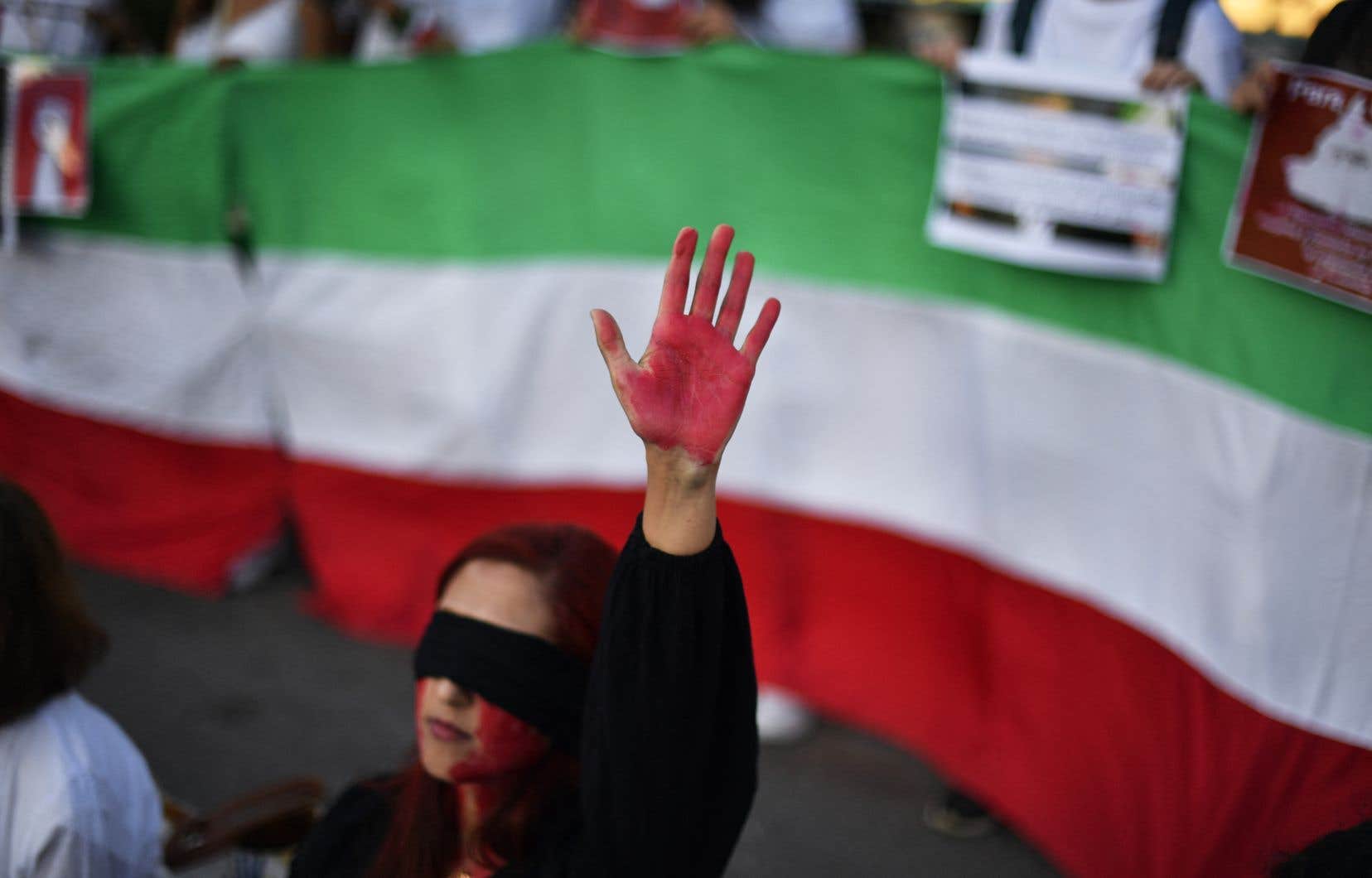On the occasion of the anniversary of the United Nations Universal Declaration of Human Rights, The duty asks: where are we, 75 years later? Overview in maps and graphs.
Right to freedom of expression
Article 19 of the Declaration guarantees freedom of opinion and expression. It also includes the right “to be free from interference for one’s opinions”, as well as to seek, obtain or disseminate ideas or information.
However, this right is far from guaranteed everywhere in the world. Press freedom is poor in around 7 out of 10 countries, according to the latest report from Reporters Without Borders (RSF). Out of 180 countries, the press freedom situation is “good” or “fairly good” in only 52 countries.
At the time of writing, the Committee to Protect Journalists (CPJ) counted at least 2,268 journalists killed worldwide since 1992. Of this number, 283 lost their lives in Iraq, the vast majority during the second Gulf War, between 2003 and 2011. In neighboring Syria, 155 journalists have been killed since 2011, outbreak of civil war.
Still according to CPJ, at least 363 journalists around the world are behind bars because of their work since 2000. At least 65 journalists are also missing, some since the 1990s.
Right to political participation
Article 21 of the Declaration ensures the right of everyone to “take part in the management of the public affairs of their country, either directly or through freely chosen representatives”. The article also guarantees freedom of voting in the holding of honest elections, which reflect the “will of the people”.
How is democracy doing on the planet? The current picture differs greatly from the state of the situation 75 years ago, data from the Swedish political analysis institute Varieties of Democracy (V-Dem) show.
In 1948, there were 107 closed autocratic regimes in 154 countries. Such a regime is defined by the absence of the possibility, for citizens, to decide on their head of state or the representatives of the legislature in place. Today, there are only 30 out of a total of 178, or approximately 16.9% of the diets studied.
However, there will be 58 electoral autocracies in 2022: these regimes hold elections, but violate other freedoms of citizens, their freedom of expression or association. Their proportion has almost doubled since 1948, going from around 16.9% to 32.6% in 2022.
Around half of the political regimes studied by V-Dem are now democratic. Among them, almost 20% are liberal democracies: in addition to holding free elections, they guarantee citizens their fundamental rights, such as freedom of expression or fair access to justice, and separate the executive powers, legislative and judicial.
Right to education
The right to education is guaranteed by Article 26 of the Declaration of Human Rights. This article also stipulates that elementary and fundamental education must be free and compulsory. In addition, the article advocates access to professional education, as well as higher education.
In several countries, the primary school enrollment rate reaches or exceeds 90%, according to data from the UNESCO Institute for Statistics. The lowest rates in 2021 were recorded in Djibouti (57.2%), Niger (57.7%), Syria (66.8%) and Burkina Faso (71.03%). However, this rate was already lower a few years ago, notably reaching 47.4% in Djibouti in 2017.
When it comes to higher education, the country with the highest proportion of undergraduate graduates in 2021 is Australia (73.1%). Finland follows behind (64.5%), while Norway and Switzerland are in third place, both with a rate of 61.1%.
In 2022, around 250 million children (primary and secondary levels) were out of school worldwide, according to UNESCO.
Worse, some children are forced to work, which violates their right to education. Moreover, the Convention on the Rights of the Child, adopted in November 1989 by the United Nations, prohibits the economic exploitation and work of children if it is risky or “likely to compromise their education or harm to their health or development.
However, child labor remains present in certain regions of the world, sometimes in countries where the school enrollment rate is particularly low. According to the latest UNICEF data update, as of June, Ethiopia has the highest proportion of children aged 5 to 17 in work, at 45%. Followed by Burkina Faso (42%), then Togo, Chad and Cameroon (39% all three).
